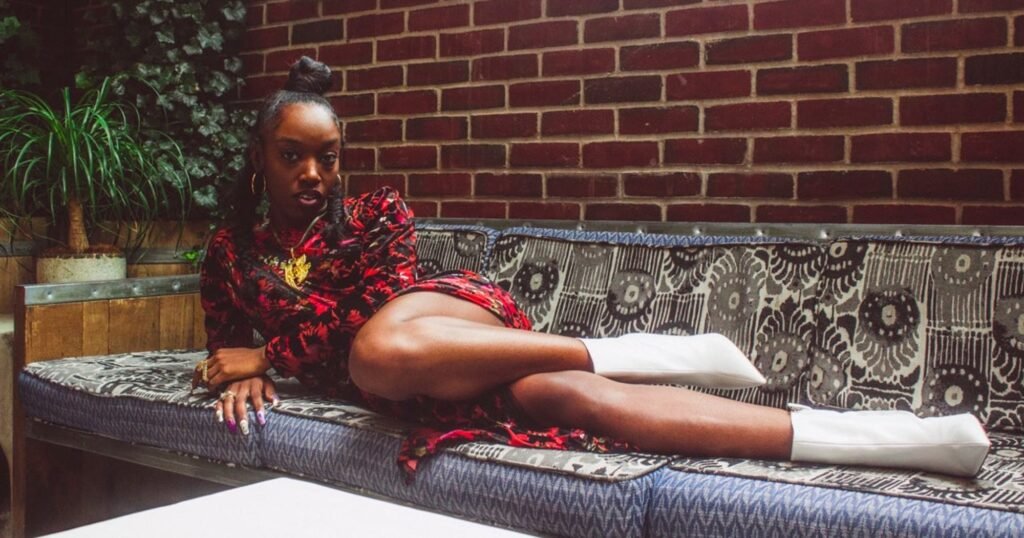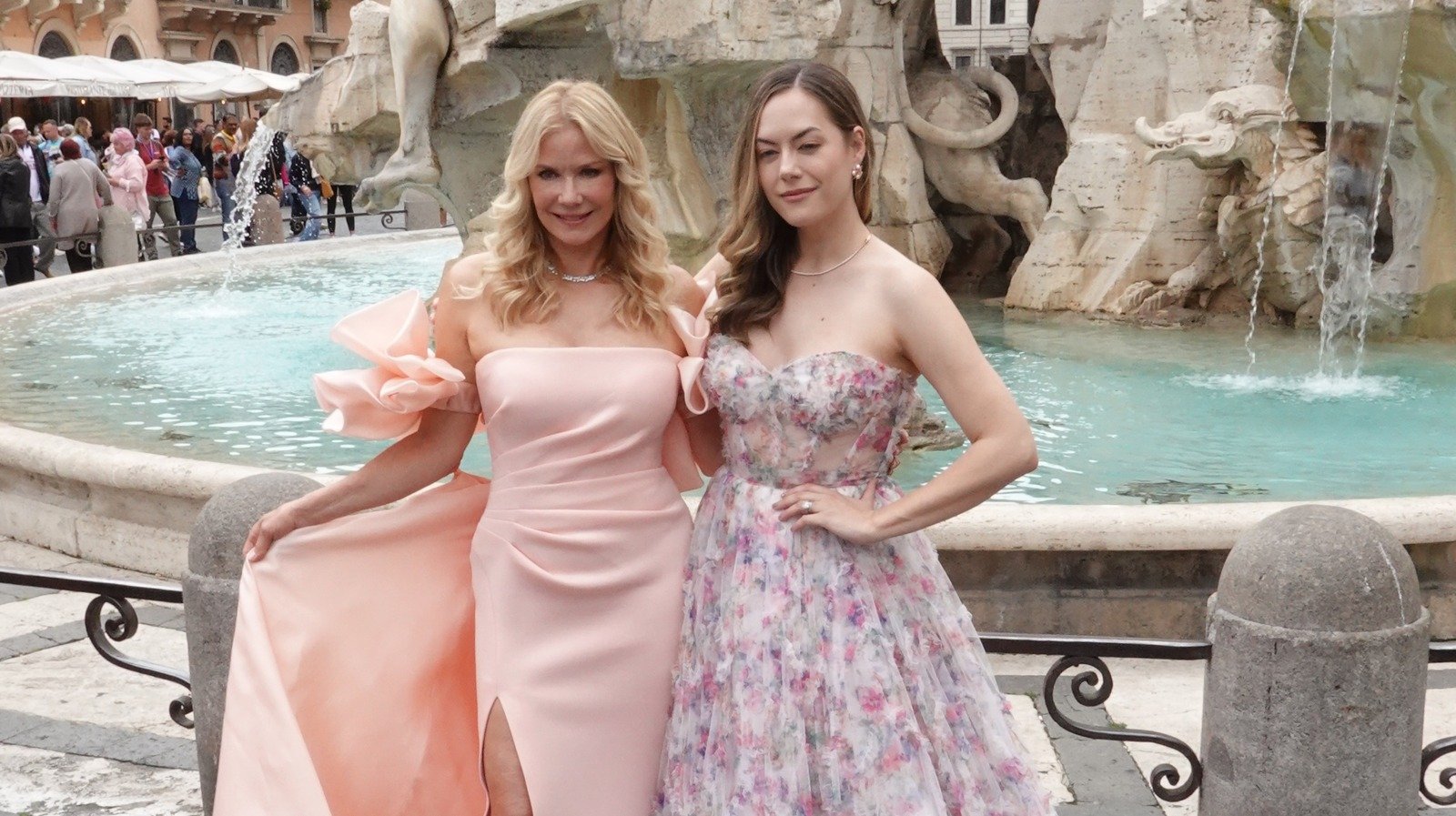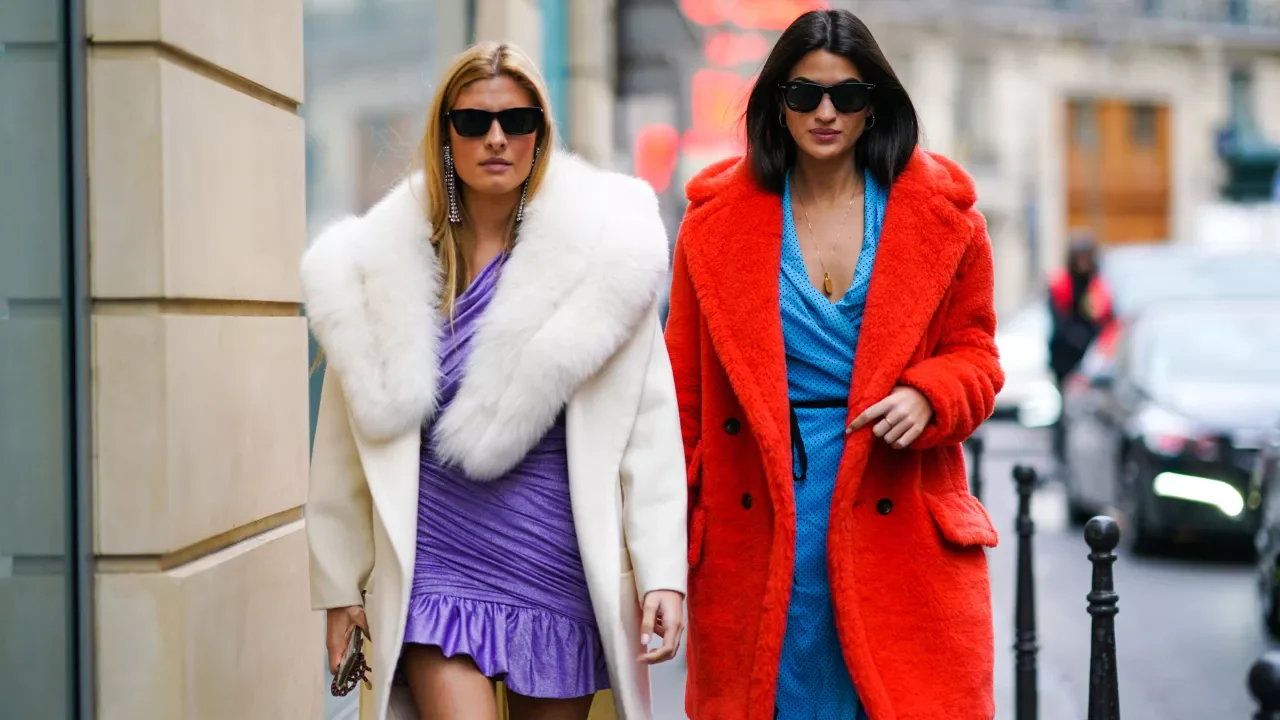Introduction: Fashion as an Emotional Canvas
Fashion is often seen as a world of polished surfaces—glossy runways, flawless editorials, and meticulously curated Instagram feeds. But beneath the sheen, it’s a deeply human industry, one driven by passion, vulnerability, and the raw emotions of those who create it. Olivia Anthony, a rising voice in fashion commentary and creative direction, believes that crying—yes, actual tears—has a vital place in this world. “There absolutely should be crying in fashion,” she’s said, a statement that challenges the industry’s stoic facade and invites us to rethink how we engage with style, creativity, and self-expression.
For Anthony, crying isn’t a sign of weakness but a testament to the emotional stakes of fashion. It’s a world where designers pour their souls into collections, where models navigate intense scrutiny, and where consumers seek connection through what they wear. To suppress those emotions is to strip fashion of its humanity. In this article, I’ll explore why crying belongs in fashion, how it reflects the industry’s emotional undercurrents, and why embracing vulnerability can make fashion more authentic, inclusive, and powerful.
The Emotional Heart of Fashion
Fashion is more than clothes; it’s a language of feeling. Every garment, every runway show, every editorial shoot is a story told through fabric, color, and silhouette. As Anthony puts it, “Fashion is where we process joy, grief, rage, and hope. Why shouldn’t we cry when it moves us?” Her perspective resonates with the industry’s history of emotional expression, from Alexander McQueen’s haunting “Highland Rape” collection to Hussein Chalayan’s 2000 “After Words,” which addressed displacement and survival through wearable art.
Yet, the fashion world often demands a stiff upper lip. Designers are expected to churn out collections under crushing deadlines, models to maintain poise under pressure, and editors to deliver critique without sentiment. Crying, in this context, is seen as unprofessional, a crack in the armor of an industry obsessed with perfection. But Anthony argues that this expectation is not only unrealistic but also counterproductive. “When you stifle tears, you stifle creativity,” she says. “The best work comes from feeling deeply, from letting yourself break open.”
This idea isn’t new. The search results highlight other creatives who’ve embraced vulnerability. Olivia Rodrigo, for instance, spoke of crying in the studio while working on her album Guts, a process that fueled her raw, honest songwriting. Similarly, fashion’s most iconic moments often stem from emotional truth—think of McQueen’s 1999 show, where model Shalom Harlow was spray-painted by robots, a visceral commentary on dehumanization that left audiences stunned. To Anthony, crying is a natural extension of this emotional authenticity, a way to honor the intensity of the creative process.
Why Crying Matters in Fashion
So, why should there be crying in fashion? Anthony’s argument hinges on three key ideas: emotional authenticity, human connection, and cultural reflection. Let’s unpack each.
1. Emotional Authenticity Fuels Creativity
Fashion thrives on originality, and originality demands vulnerability. “You can’t create something truly new if you’re afraid to feel,” Anthony says. Crying, whether from joy, frustration, or heartbreak, is a release that clears the way for bold ideas. She points to designers like Rei Kawakubo, whose avant-garde collections for Comme des Garçons often feel like emotional excavations, raw and unfiltered. Suppressing those emotions risks producing work that’s safe, predictable, and disconnected.
The pressure to stay composed can also stifle emerging talent. Young designers, often burdened by financial strain and industry gatekeeping, may feel they can’t afford to show weakness. Yet, as Anthony notes, “Some of the best collections come from designers who’ve cried their way through the process—because they cared so much.” By normalizing crying, fashion can create space for authentic voices, particularly those from marginalized communities who face additional barriers.
2. Crying Builds Human Connection
Fashion isn’t just about creators; it’s about the people who wear and experience it. Anthony believes that embracing emotional vulnerability in fashion fosters deeper connections between designers, models, and audiences. “When a designer cries backstage after a show, or a model tears up on the runway, it reminds us that this is human work,” she says. “It’s not just commerce—it’s art.”
This human element is what makes fashion resonate. Consider the viral moment when model Anok Yai walked for Chanel’s 2023 couture show, her eyes glistening with pride. The audience felt it too—a shared moment of triumph that transcended the clothes. Anthony argues that these moments of vulnerability are what make fashion memorable. “We don’t just remember the dress; we remember the feeling,” she says. By allowing crying, fashion becomes a space where people can see themselves reflected, flaws and all.
3. Fashion Reflects Cultural Truths
Fashion has always mirrored society’s emotional pulse. From the power dressing of the 1980s to the grunge rebellion of the 1990s, clothes tell the story of our collective hopes and fears. Anthony sees crying as a way to deepen this dialogue. “We’re living in a world of crises—climate change, inequality, political division,” she says. “Fashion should be a place where we process those feelings, not hide from them.”
This perspective aligns with the industry’s growing focus on social issues. Designers like Pyer Moss’s Kerby Jean-Raymond have used their platforms to address systemic racism, often with emotionally charged presentations that leave audiences in tears. Anthony believes that crying in fashion—whether from creators or viewers—validates these moments of cultural reckoning. “Tears are a sign that something matters,” she says. “They’re proof that fashion can still move us.”
The Stigma of Crying in Fashion
Despite its emotional roots, fashion has a complicated relationship with crying. The industry’s emphasis on glamour and control often casts vulnerability as a liability. Models are told to “keep it together” on the runway, even under grueling conditions. Designers face pressure to project confidence, even when their collections are panned. And consumers, bombarded by polished images, may feel that their own emotional responses are out of place.
This stigma is rooted in broader cultural norms. As the search results note, crying is often seen as unprofessional, especially in high-stakes industries. Yet, Anthony challenges this mindset, arguing that it’s a relic of an outdated view of strength. “Crying doesn’t mean you’re weak—it means you’re alive,” she says. She points to figures like Virgil Abloh, who openly wept during his first Louis Vuitton show in 2018, a moment that humanized his meteoric rise and endeared him to fans.
The stigma also disproportionately affects women and marginalized groups, who are often stereotyped as “overly emotional.” Anthony, a vocal advocate for inclusivity, sees this as a double standard. “We celebrate men who cry in sports or music, but a woman crying in fashion is ‘hysterical’?” she asks. By normalizing crying, fashion can dismantle these biases and create a more equitable space for all voices.
How to Embrace Crying in Fashion
So, how do we make crying a celebrated part of fashion? Anthony offers practical steps for creators, industry leaders, and consumers alike:
1. Create Safe Spaces for Vulnerability
Designers and show producers should foster environments where emotional expression is welcome. This could mean offering mental health support for teams under pressure or allowing models to share their experiences without fear of judgment. “If we want authentic work, we need authentic spaces,” Anthony says.
2. Celebrate Emotional Moments
Runway shows and campaigns should lean into vulnerability, not shy away from it. Anthony envisions shows where tears—whether from joy, pride, or grief—are part of the narrative, not edited out. “Imagine a finale where the designer walks out crying, and the audience cries too,” she says. “That’s real.”
3. Shift the Narrative Around Strength
The industry needs to redefine strength to include emotional openness. Anthony suggests highlighting stories of designers and models who’ve embraced vulnerability, from McQueen’s raw performances to modern figures like Simone Rocha, whose delicate collections often feel like tear-streaked poetry.
4. Engage Consumers Emotionally
Brands should invite consumers to connect with fashion on an emotional level. This could mean campaigns that explore real human stories or retail experiences that prioritize feeling over perfection. “Let people cry when they try on a dress that makes them feel seen,” Anthony says. “That’s the point.”
5. Lead by Example
Industry leaders—designers, editors, influencers—should model vulnerability. Anthony herself has shared stories of crying in fittings, overwhelmed by the beauty of a garment or the weight of a deadline. “When we show our tears, we give others permission to show theirs,” she says.

The Future of Crying in Fashion
Anthony’s vision for crying in fashion isn’t just about tears—it’s about reclaiming the industry’s soul. In a world increasingly dominated by fast fashion and algorithm-driven trends, emotional authenticity is a radical act. It’s a reminder that fashion, at its best, is a human endeavor, one that can move us to tears and connect us to something deeper.
This vision aligns with broader shifts in the industry. The rise of sustainable fashion, for instance, reflects a desire for meaning over disposability, a theme Anthony champions. Similarly, the growing emphasis on diversity and inclusion signals a move toward honoring all human experiences, including the messy, tearful ones. By embracing crying, fashion can become a space where vulnerability is not just accepted but celebrated as a source of strength and creativity.
As Anthony puts it, “Fashion should make you feel something—whether it’s awe, anger, or tears. If it doesn’t, what’s the point?” Her call to action is a challenge to the industry and its audiences: to feel deeply, to create bravely, and to let the tears fall when they need to. In doing so, fashion can reclaim its power as a mirror of the human heart.
Conclusion: Tears as a Fashion Statement
Olivia Anthony’s belief that “there absolutely should be crying in fashion” is more than a provocative soundbite—it’s a manifesto for a more authentic, connected, and meaningful industry. By embracing tears, fashion can honor the emotions that drive it, from the designer’s late-night sketches to the consumer’s moment of self-discovery in a fitting room. It’s a reminder that fashion, at its core, is about being human.
So, the next time you see a model’s eyes glisten on the runway or hear of a designer crying backstage, don’t look away. Those tears are a testament to the passion, vulnerability, and courage that make fashion more than just clothes. They’re a sign that someone cared enough to feel—and that’s the most stylish statement of all.
Olivia Anthony is a fashion commentator and creative director known for her advocacy of emotional authenticity in the industry. She lives in New York City, where she continues to push for a more human-centered approach to style.





Leave a Reply